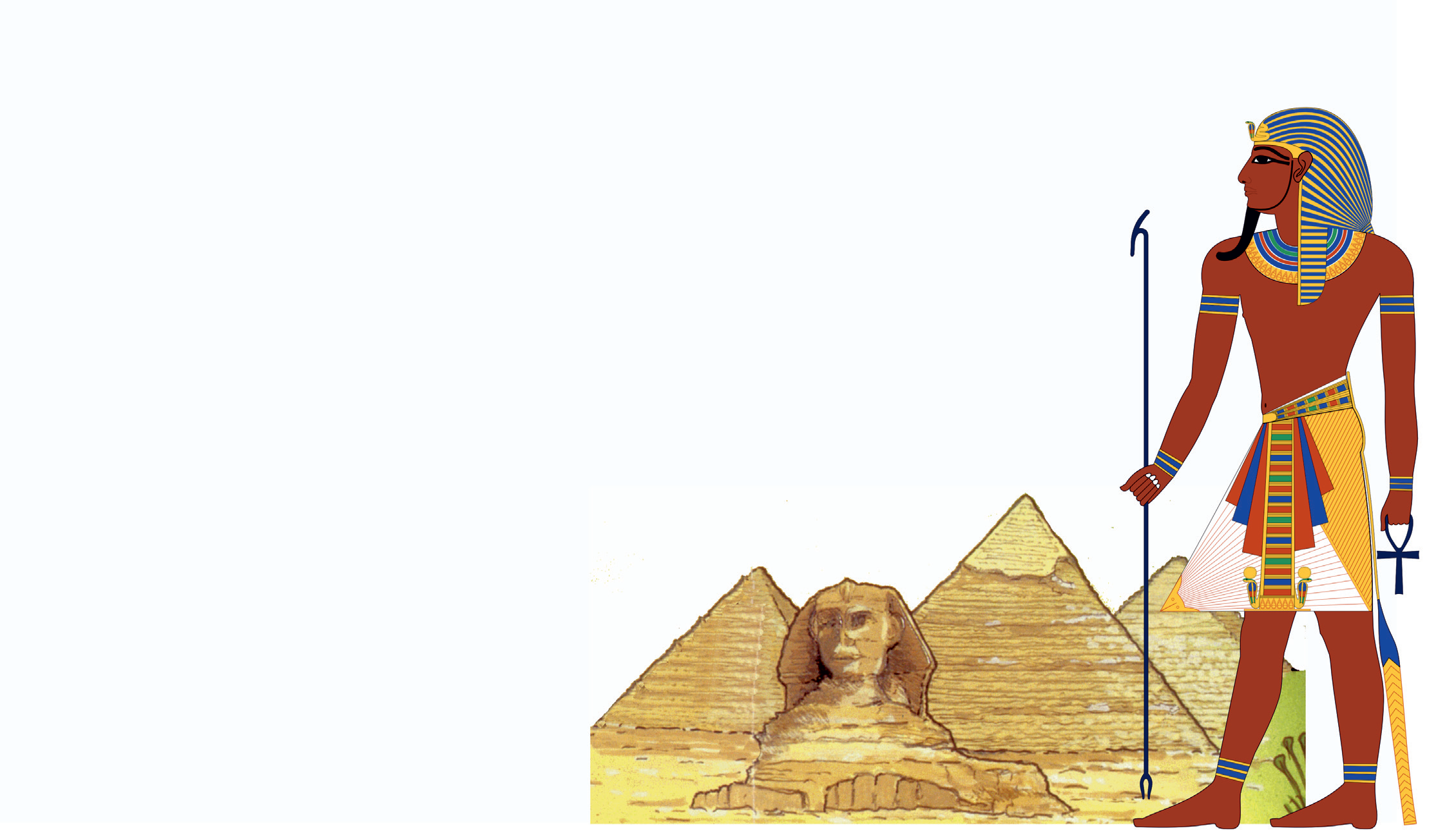Egyptian Mummies
The ancient Egyptians believed that when they died, they made a journey to another world where they started a new life. They believed that they had to preserve their bodies so they could use them in the afterlife. They also needed all the things they had used when they were alive, so their families put furniture, games and even food in the graves for the long afterlife journey!
Egyptians paid a lot of money to have their bodies properly preserved. They buried poor people in the sand but the rich ones were buried in a tomb. They painted the tomb walls with scenes from the dead person’s life. Mummification was a long and complex process which lasted up to 70 days. The priest in charge wore the mask of a jackal to look like the god Anubis who was the god of mummification. He had a human body and the head of a jackal.
First, the body was washed and purified. Then they removed the organs and put them in jars. Only the heart was left because the Egyptians thought the heart was the centre of intelligence and emotion. After that, they filled the body with stuffing and dried it by covering it with something called natron. After 40 - 50 days they took out the stuffing and put linen or sawdust in the body. Last of all, they wrapped the body in pieces of linen, covered it in a sheet called a shroud and placed it in a stone coffin called a sarcophagus, ready for its journey to the afterlife.

